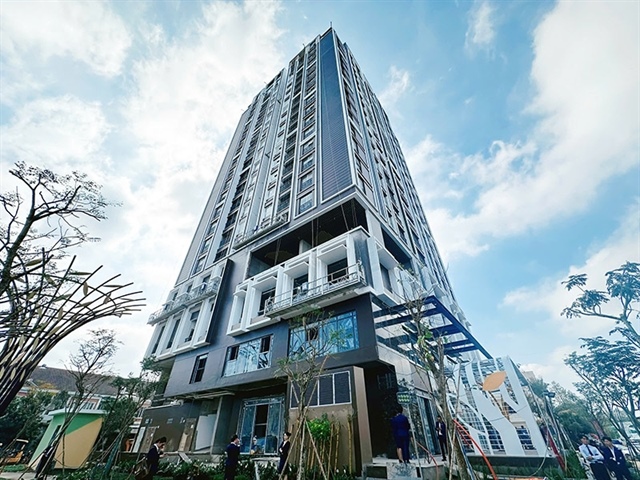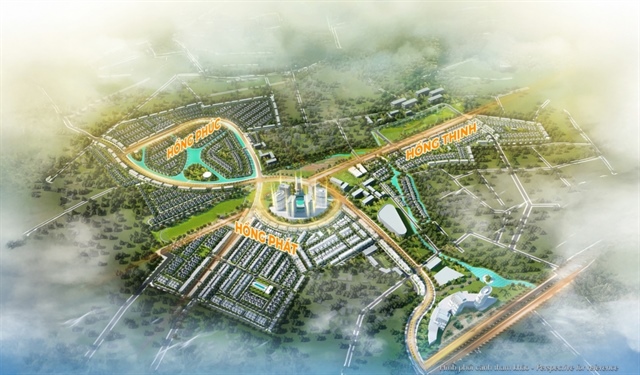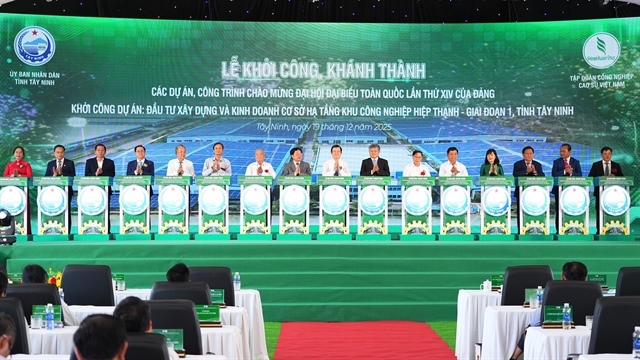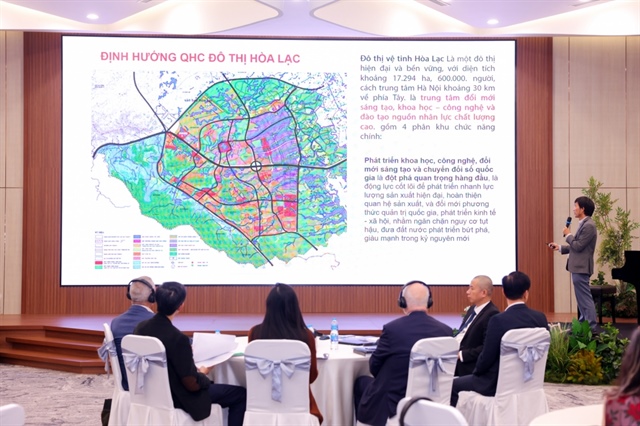Viet Nam’s tourism property market holds potential
Viet Nam’s tourism property market holds potential
Viet Nam’s tourism real estate market has the potential for strong development, but utilities and services are needed to attract investors, heard a seminar organised by the Viet Nam Real Estate Association (VNREA) this week. 
Nguyen Van Dinh, vice chairman and general secretary of the Viet Nam Real Estate Brokers Association, said since the end of 2018, the domestic tourism real estate market had witnessed the emergence of new trends as businesses focused on developing complexes including resorts, shopping centres, and sports and entertainment facilities.
Nguyen Tran Nam, VNREA chairman, said the domestic and international tourism industries held opportunities for investors due to the rising number of new customers.
Developing projects in the old way would not ensure competitiveness or suit customers' demands, Nam said.
Ngo Huu Truong, deputy general director of Crystal Bay Group, said the complex model had been successfully implemented around the world, attracting millions of visitors each year.
Viet Nam's tourism real estate market needed to develop in accordance with global trends to increase competitiveness and attract more foreign tourists to Viet Nam, Truong said.
The projects needed to meet demands for relaxation, discovery and entertainment. This would make tourists spend more time and money here.
Viet Nam had a great opportunity to become a new regional and global tourism destination, so it needed to attract domestic and foreign investors to develop the high-class tourism real estate segment, Truong said.
Nguyen Tri Hieu said Viet Nam had great natural resources that were attracting more and more foreign tourists, but the country had failed to promote national parks as tourist destinations. The nation’s national parks might protect animals, but they didn’t serve tourists, even though they were great places to enjoy a holiday or short break.
Viet Nam did not have many luxury resorts that combined a luxury stay and exciting experiences, he said.
Nam said the tourism real estate market had the opportunity to grow by taking advantage of nature and culture to boost economic growth with the implementation of Resolution 08-NQ/TW on developing tourism to become a key economic sector.
According to the Viet Nam Real Estate Association, 15 million foreign tourists visited Viet Nam each year, much higher than the 4 million visitors welcomed 10 years ago. There were also 80 million domestic tourists per year, four times higher than the previous decade. Tourism infrastructure in many localities had been developed on a large scale, creating many international-standard projects.
In addition, tourism real estate prices in Viet Nam were low compared to other countries with the same potential. Therefore, the tourism real estate industry had a lot of chances for development, especially for middle-income customers, Nam said.
In the medium- and long-term, the tourism resort real estate segment, especially in coastal areas, would be a bright spot on the market.
However, Nam also said that investment in real estate tourism was more challenging than investing in housing because investors had to look at both sales and the effective management of property projects.
CBRE forecasts
“To carry growth forward, hospitality real estate developers in Viet Nam will have to go through market diversification, paying attention to potential non-traditional areas such as Nam Hoi An, Binh Thuan and Ba Ria-Vung Tau, as well as diversifying their product offerings and bringing in professionals to manage their properties,” said Robert McIntosh from CBRE.
Besides expanding into non-traditional markets, developers were also active in creating new hospitality products for sale, the most notable of which were coastal shophouse/shopvillas in Phu Quoc and Ha Long.
By the end of the third quarter of this year, each of these two markets had roughly 2,000 units launched, with a sales rate of about 90 per cent. Current developers in these products were mainly top-tier developers, which helped with the absorption of existing launched supply, according to CBRE.
Shophouse/shopvillas can be used for various purposes such as retail and hotels, and as such had attracted many individual investors who had some prior experience in the sector.
CBRE, like VNREA, also noted the growing interest in developing wellness resorts. Although this format was already popular in the region, it was still relatively new in Viet Nam and growth opportunities were abundant, given the fact the number of middle-class Vietnamese was expected to witness the fastest growth in Southeast Asia over the next five years. Tourists from North Asia were also increasingly looking for tourism products that incorporated wellness treatments.
Looking forward, Viet Nam would continue to be a key target in the expansion plans of many professional hotel operators. Not only well-known international hoteliers such as Accor, Marriott and Best Western, but also Vietnamese groups such as Lodgis, Sailing Club, Silk Path and Wink were looking for new projects to gain more market share.
According to experts, hospitality designs that could foster memorable experiences would be in high demand. Research showed that tourism groups in different segments had different preferences in terms of hotel design, so developers conduct market research on their targeted customers in order to implement a suitable design.























